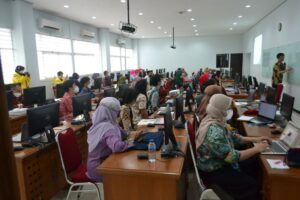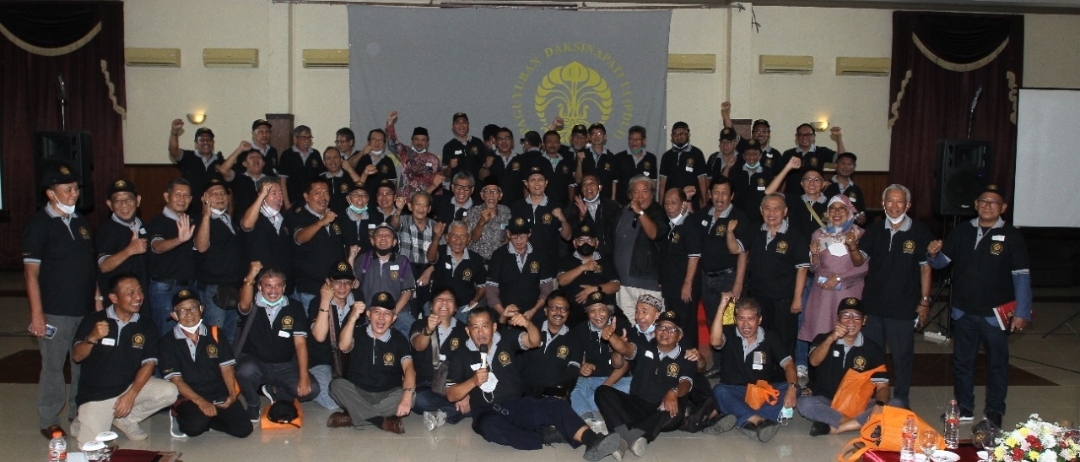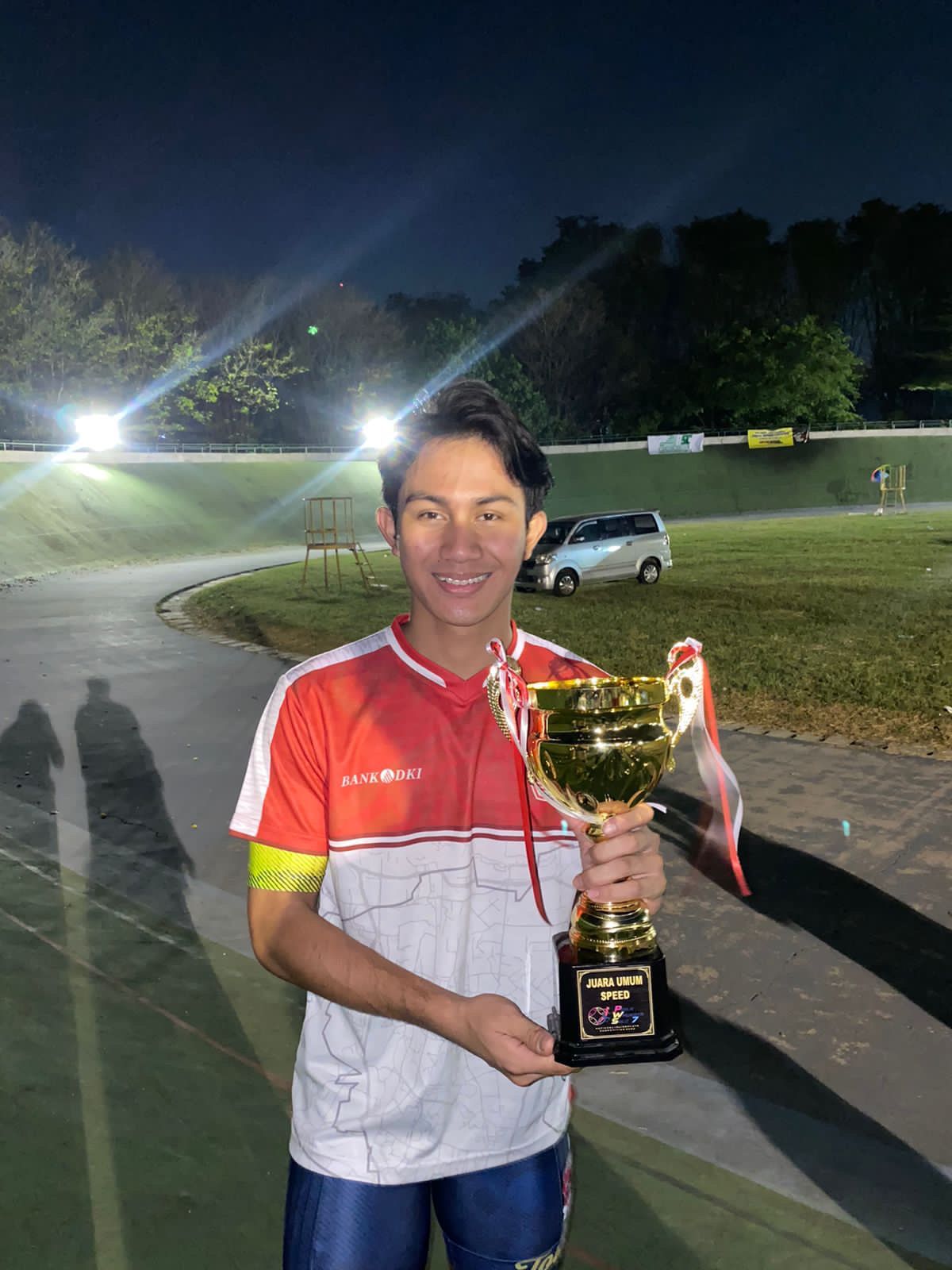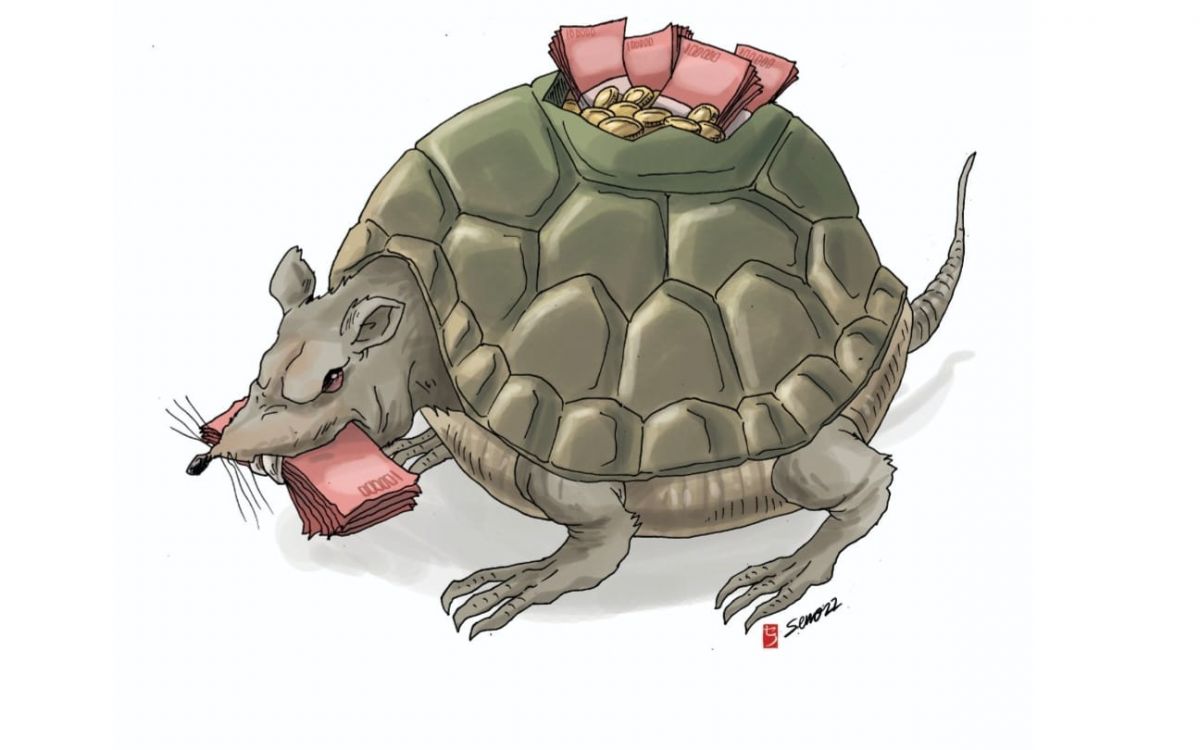
Solving analytical geometry problems for mathematics at the high school (SMA) level, is usually done conventionally by some high school teachers, supplemented by sketches manually. It takes quite a long time, because you have to make a sketch. In order to assist high school teachers in preparing material and/or questions related to analytic geometry, the Faculty of Mathematics and Natural Sciences, Universitas Indonesia (FMIPA UI) through the Mathematics Department conducted training on Computer Algebra System (CAS) software, GeoGebra, for teachers High Schools in Jabodetabek at the Teaching Laboratory of the Mathematics Department, UI Campus, Depok, in November 2022.
Head of the Mathematics Department, FMIPA UI as well as a member of the community service team, Prof. Alhadi Bustamam, M.Kom., Ph.D., said this training activity was a form of concern for the Mathematics Department of FMIPA UI in implementing the Tri Dharma of Higher Education, which are community service. “The purpose of holding this training is so that teachers in the Greater Jakarta area, especially in the Depok area, can take advantage of technological advances in the form of CAS on GeoGebra in the process of teaching and learning activities,” said Prof. Alhadi.
Computer Algebra System (CAS) software on GeoGebra in 2 dimensional analytic geometry is one of the software that is easy to use for learning analytic geometry and helps in making analytic geometry problems. This software can be run on Android, iOS, Linux and Windows operating systems. Moreover, it can be downloaded for free on desktop computers, laptop computers, tablets and mobile phones. With the help of Geogebra, high school teachers can create questions and check answers easily and quickly. In addition, Geogebra software can also help teachers to provide interactive geometric illustrations.
In educational activities, presentation of the material was delivered by Dr. Hengki Tasman, S.Si., M.Sc. related to the theory of geometric objects in 2 dimensional space. This material includes lines, circles, line beams and circular beams using the CAS perspective. Also given are some examples of problems that are solved using the perspective of CAS and Graphing.
Several other lecturers who became speakers in this activity were Dra. Siti Aminah, M.Kom .; dr. Nora Hariadi, M.Sc.; Rahmi Rusin, S.Si., M.Sc.Tech., Ph.D .; and Dr. Bevina D. Handari, M.Sc., Ph.D. In addition, this training also involved students from the Masters program and undergraduate program in the Mathematics Department of FMIPA UI, namely Rahma Rosaliana Saraswati, Muhammad Daffa, Hanif Pramudya, Rafi Alvanzah, and Owen Mulianto as training assistants. The activity ended with practice and discussion between participants, resource persons as training facilitators and assistants.
In its implementation, this activity was attended by 39 participants from high school teachers in Jabodetabek, including SMAN 1 Depok, SMKN 2 Depok, SMAN 7 Depok, SMAN 11 Depok, SMA Bintara Depok, SMA PGRI 4 Bogor, SMAN 55 Jakarta, SMAN 4 Jakarta, SMAN 108 Jakarta, SMAN 109 Jakarta, SMAN 73 Jakarta, SMAN 47 Jakarta, SMAN 11 Jakarta, SMAN 28 Jakarta, Citra Kasih High School Jakarta, Harapan Ibu Islamic High School, Struggle Integrated Depok Depok, Citra Kasih Don Bosco Pondok Indah High School, Assyafiiyah 2 BekasiHigh School, Citra Blessing Citra Indah Jonggol High School, and others. Also present at the activity was the Chair of the Depok High School Mathematics Subject Teacher Consultation (MGMP), Subejo, S.Pd., MM., and the Head of the Jakarta High School Mathematics MGMP, Iman Santoso, M.Pd.

Manager of Research and Community Service FMIPA UI Dr. Dipo Aldila, M.Sc., in his remarks said, “FMIPA UI encourages and fully supports community service activities by all lecturers at FMIPA. This activity is expected to be able to downstream research results in the campus environment, as well as provide real benefits to the community,” said Dr. Dipo.
With the implementation of CAS training and education on GeoGebra, it is hoped that it can enrich material for high school teachers in the process of teaching mathematics. Thus, these teachers can provide interactive geometric illustrations easily and quickly, and students can immediately see changes that occur in the graph when a parameter is changed.



